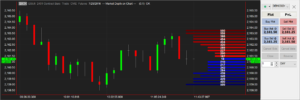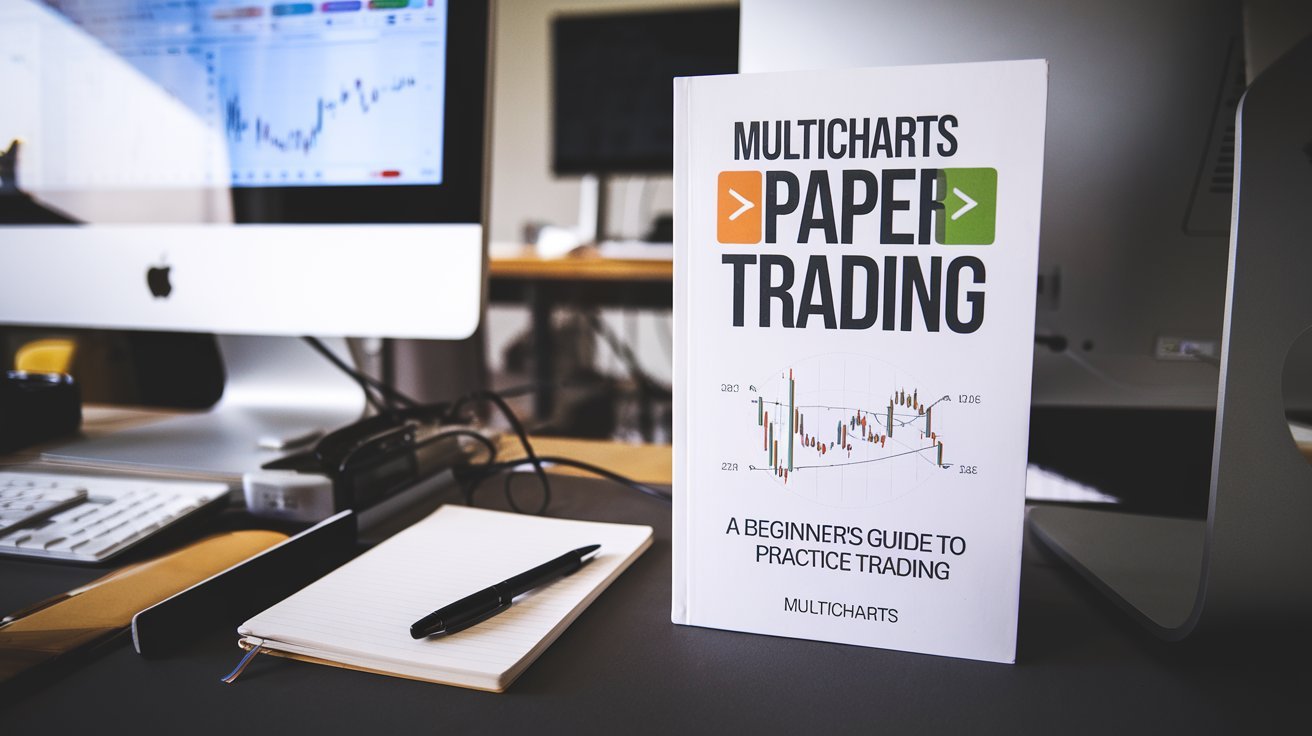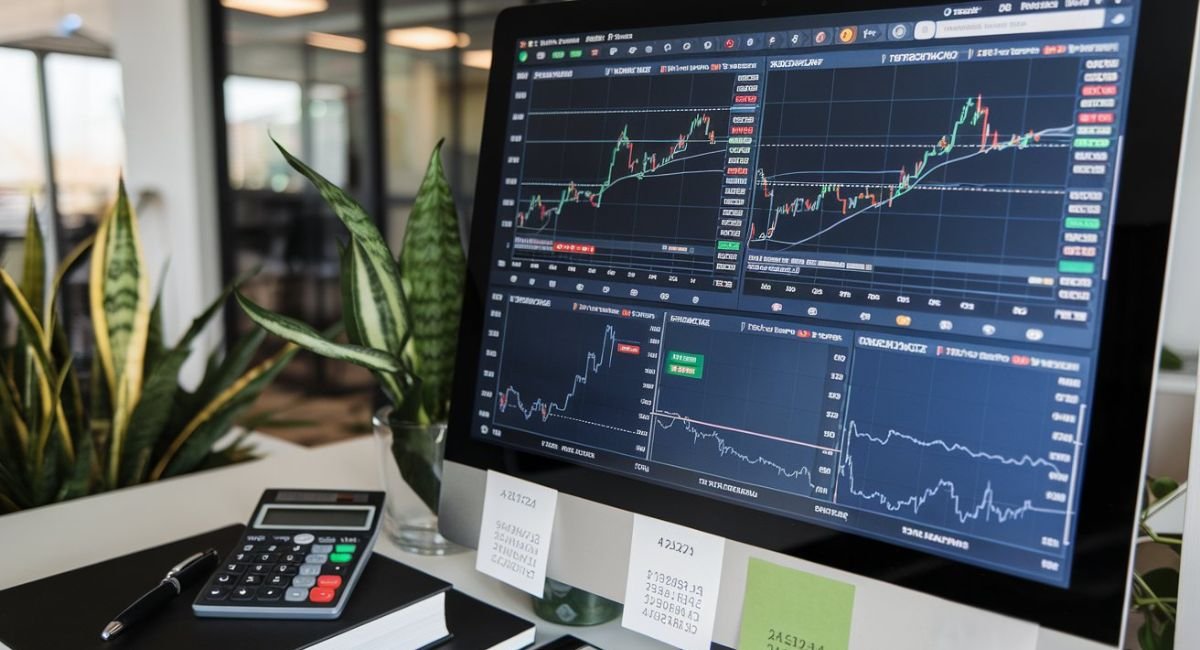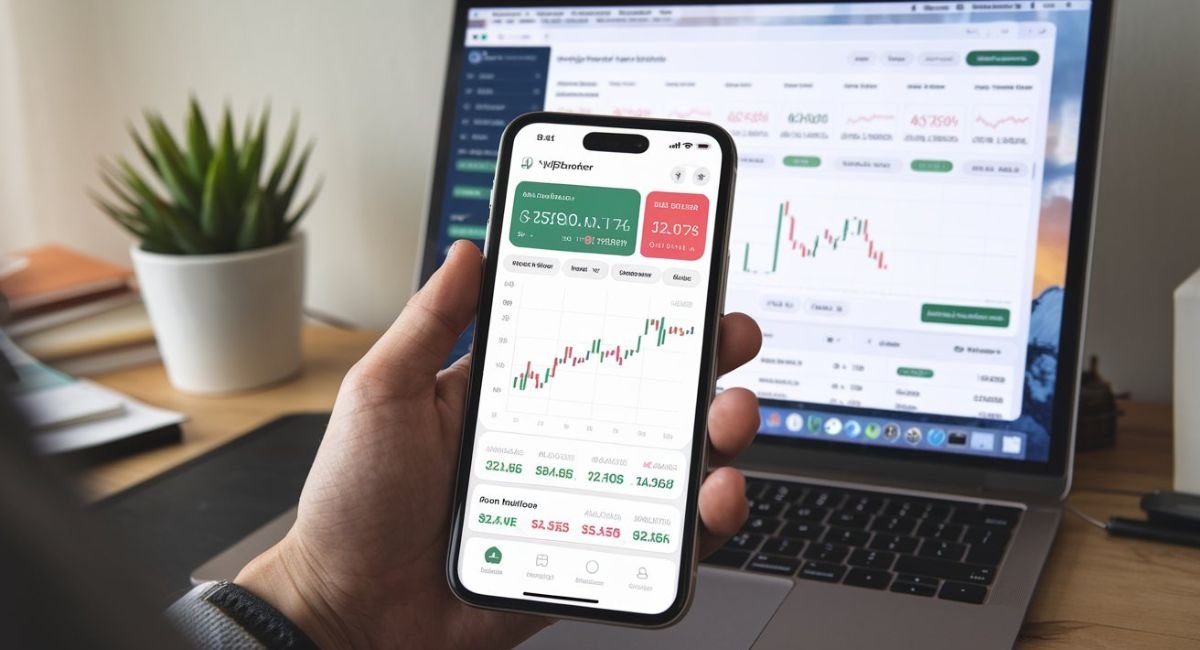Introduction
MultiCharts Paper Trading is the best way a beginner can actually practice trading without putting his real money on line. MultiCharts is a widely spread trading platform that offers rather full paper trading feature for users to simulate trades. This resource will explain how to get started, install, and actually use the practice environment on MultiCharts.
What is Paper Trading?
MultiCharts Paper Trading is a virtual account trading environment in which a practicing trader would not risk losing any money. It means making trades on a virtual account that reflects real-market conditions.

It is used only to master the skills of trading, test one’s strategies, and gain experience in trusting their gut instincts before putting real money at risk.
Benefits of Paper Trading
- Risk-Free Learning: Beginners can make mistakes without financial consequences.
- Strategy Testing: Traders can experiment with various strategies to see what works best.
- Familiarization with Platforms: Users can get comfortable with the trading interface and tools.
What is MultiCharts?
MultiCharts is a strong trading platform known for advanced charts and market research. Supporting multiple data feeds and brokers, it is handy for using across any broker in the trading activities.

In addition, the paper trading functionality enables users to practice in a realistic environment.
Key Features of MultiCharts
- Advanced Charting: Offers a variety of chart types and indicators.
- Strategy Testing: Allows backtesting of trading strategies with historical data.
- Market Analysis Tools: Provides various tools for in-depth market analysis.
Setting Up MultiCharts Paper Trading
Setting up paper trading on MultiCharts is straightforward. Follow these steps:
- Create an Account: Visit the MultiCharts website and sign up for an account.
- Download the Platform: Install the MultiCharts software on your computer.
- Access the Paper Trading Feature: Once logged in, select the paper trading option from the menu.
- Configure Your Settings: Set initial capital, leverage, and trading parameters.
Table: Paper Trading Setup Steps
| Step | Description |
| 1. Create an Account | Sign up on MultiCharts website |
| 2. Download the Platform | Install MultiCharts software |
| 3. Access Paper Trading | Select paper trading option |
| 4. Configure Settings | Set initial capital, leverage, etc. |
Understanding the MultiCharts Interface
Once you are in the MultiCharts platform, it’s essential to understand its interface. Key components include:
- Charts: Visual representations of market data.
- Trading Panel: Where you place buy/sell orders.
- Market Depth: Shows the order book for assets.
- Portfolio Management: Tracks your paper trading performance.
Getting Familiar with the Interface
Spend time exploring each section of the interface. Understanding how to navigate the platform will help you trade more effectively.
Developing a Trading Strategy
Creating a solid trading strategy is crucial for successful paper trading. Here are some essential elements to consider:

Technical Analysis
Technical analysis involves analyzing price charts and using indicators to forecast future price movements. Key concepts include:
- Chart Patterns: Recognize patterns like triangles and head and shoulders.
- Indicators: Use tools like Moving Averages and RSI to guide trading decisions.
Fundamental Analysis
Fundamental analysis looks at economic factors, company health, and market conditions. Key aspects include:
- Financial Reports: Assess companies’ financial statements.
- Market Trends: Understand economic indicators like inflation and GDP.
Tips for Effective Paper Trading
Here are some practical tips for maximizing your experience with paper trading:
Keep a Trading Journal
All trades made should be recorded, taking entry-exit points, position sizes, and reasons why the trade is executed. This allows one to work through the performance over time.
Set Realistic Goals
Setting and achieving achievable targets in paper trading. It would be better to improve a particular win rate or fine-tune the strategy rather than targeting unrealistic profits.
Emulate Real Trading Conditions
Keep your paper trading legitimate. Set stop-loss orders, manage the risk to build discipline.
Review and Analyze Trades
Track your trades regularly to know what works and what doesn’t. Then you will be able to correct and modify those strategies.
Measuring Success in Paper Trading
To evaluate your paper trading success, consider the following metrics:
Key Performance Indicators (KPIs)
- Win/Loss Ratio: The number of winning trades divided by losing trades.
- Percentage Return: The gain or loss relative to your initial capital.
- Risk/Reward Ratio: Average gain of winning trades compared to the average loss of losing trades.
Table: Example of Performance Metrics
| Metric | Example Value |
| Win/Loss Ratio | 3:1 |
| Percentage Return | 15% |
| Risk/Reward Ratio | 2:1 |
Common Mistakes to Avoid
Avoiding common mistakes can help you improve your paper trading skills:
- Over-Leveraging: Using too much leverage can lead to big losses in real trading.
- Ignoring Risk Management: Not using stop-loss orders can result in significant losses.
- Getting Emotional: Treating paper trading too lightly can lead to poor habits.
FAQs
What is the difference between paper trading and live trading?
Paper trading is a risk-free simulation, while live trading involves real money and actual market conditions.
How long should I paper trade?
It depends on your comfort level, but aim to practice for at least a few weeks to a few months.
Can I use all features of MultiCharts in paper trading?
Yes, most features available for live trading are also accessible in paper trading mode.
Is paper trading a good way to learn?
Absolutely! It allows beginners to build confidence and skills without financial risk.
Conclusion
MultiCharts paper trading is quite an excellent tool to let newcomers try out their strategies and develop trust in their decisions. If you find any questions, keep watchful on the important concepts and understand them without risking the real money-you will, then, develop all the necessary skills. Don’t forget to keep a trading journal, analyze your performance, and set realistic goals to maximize the learning experience.




